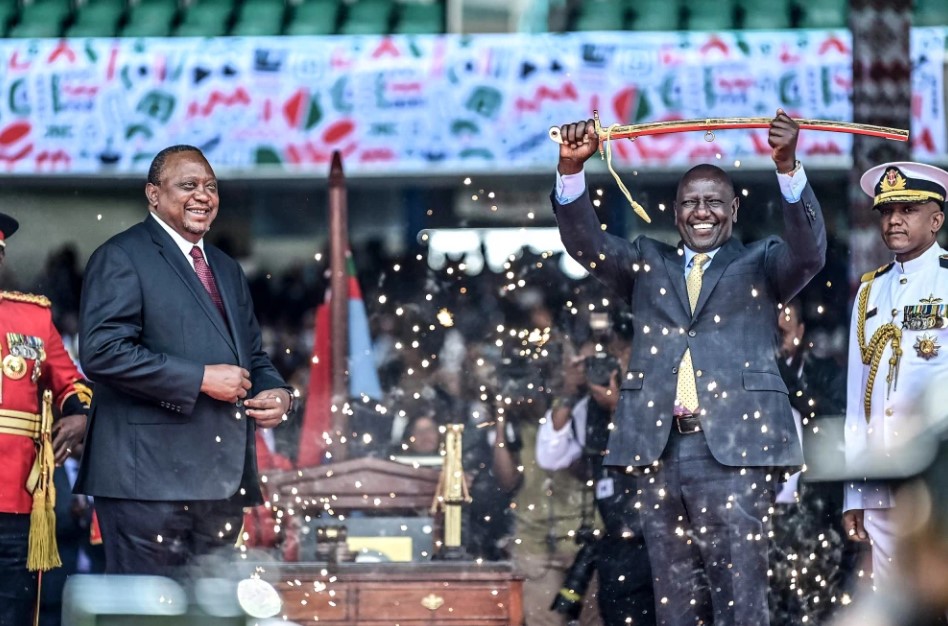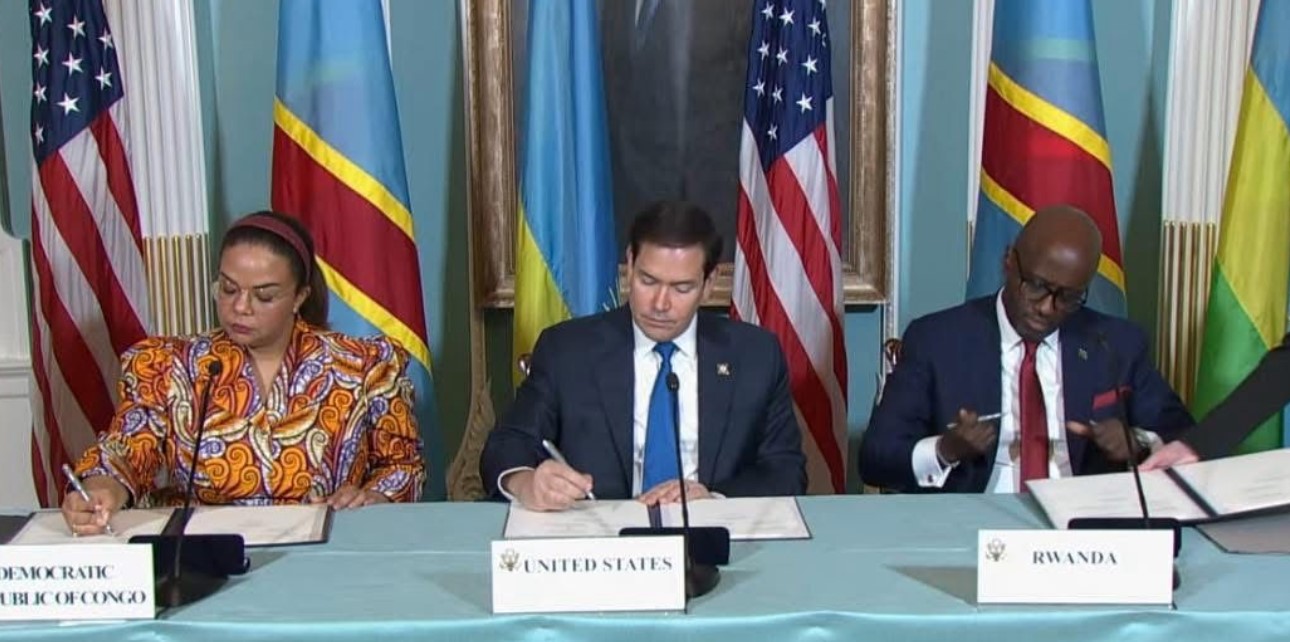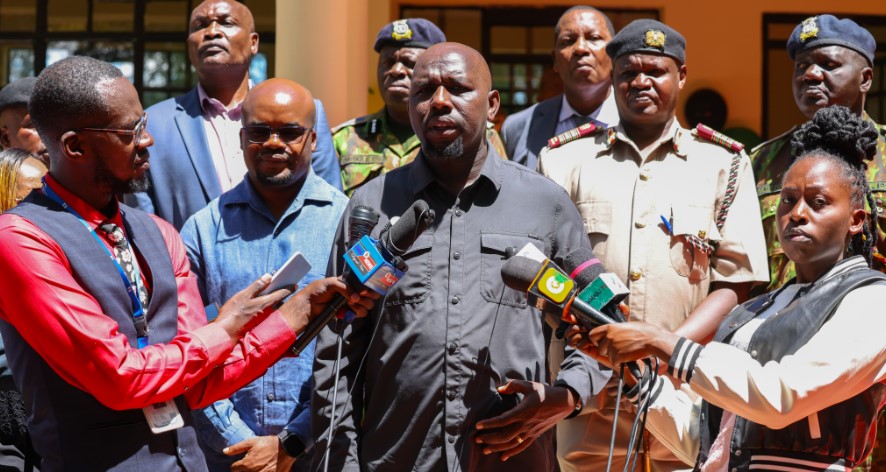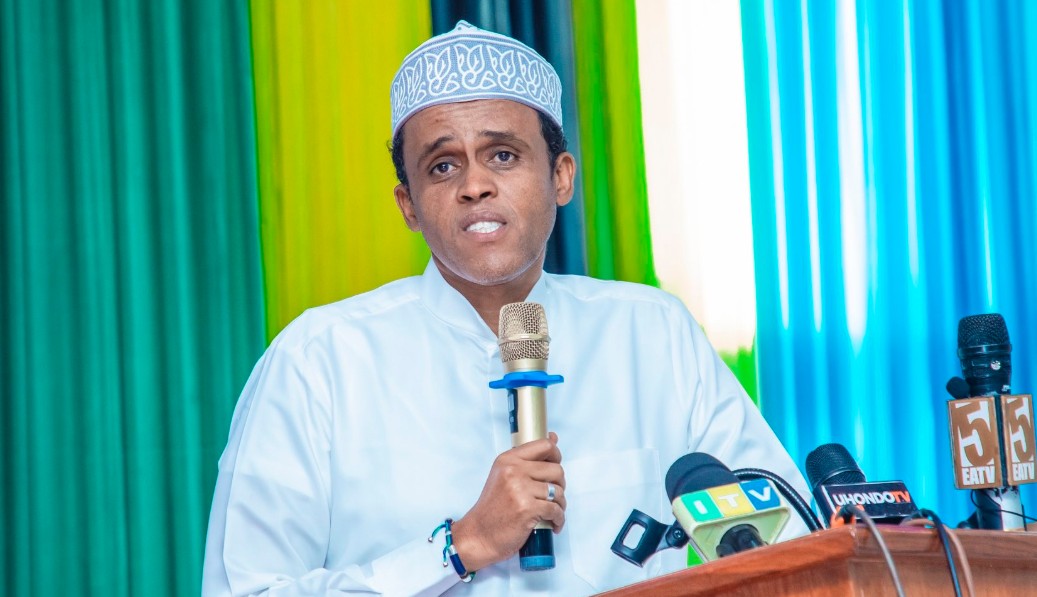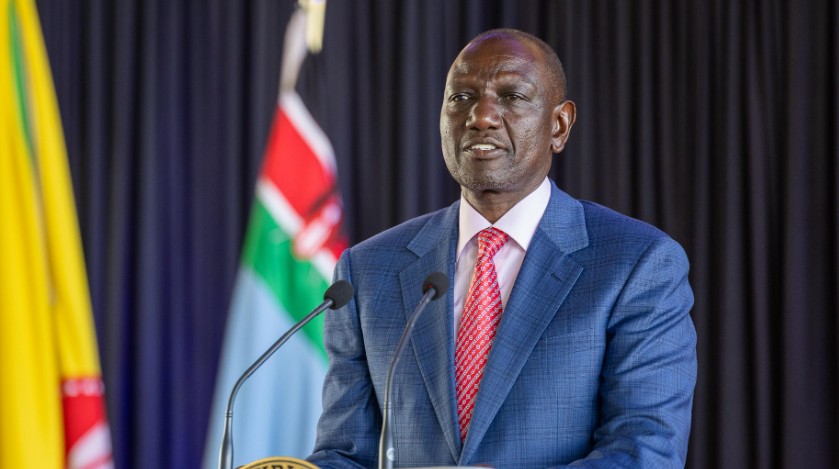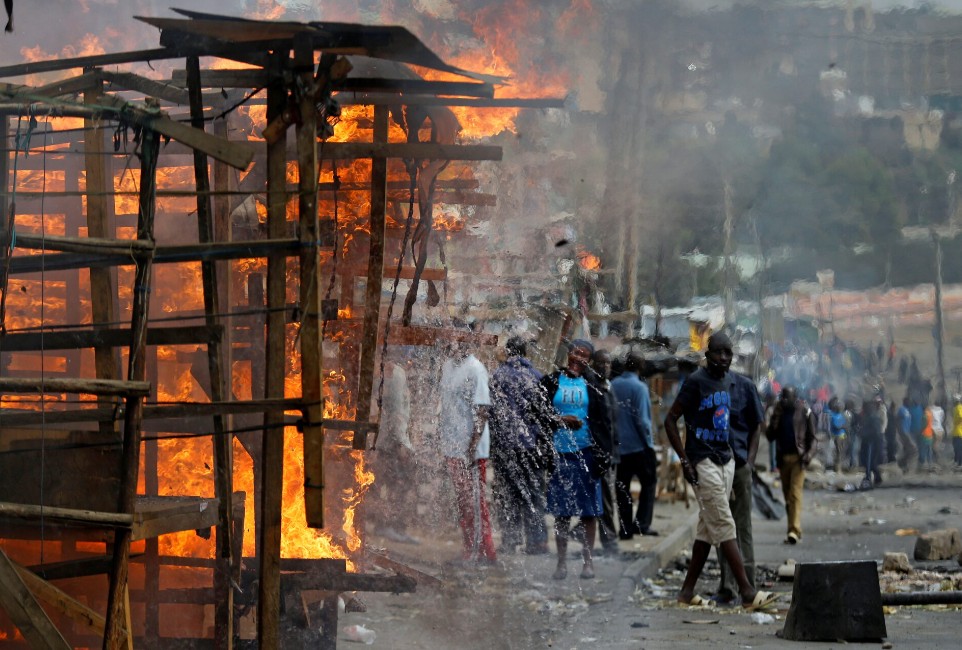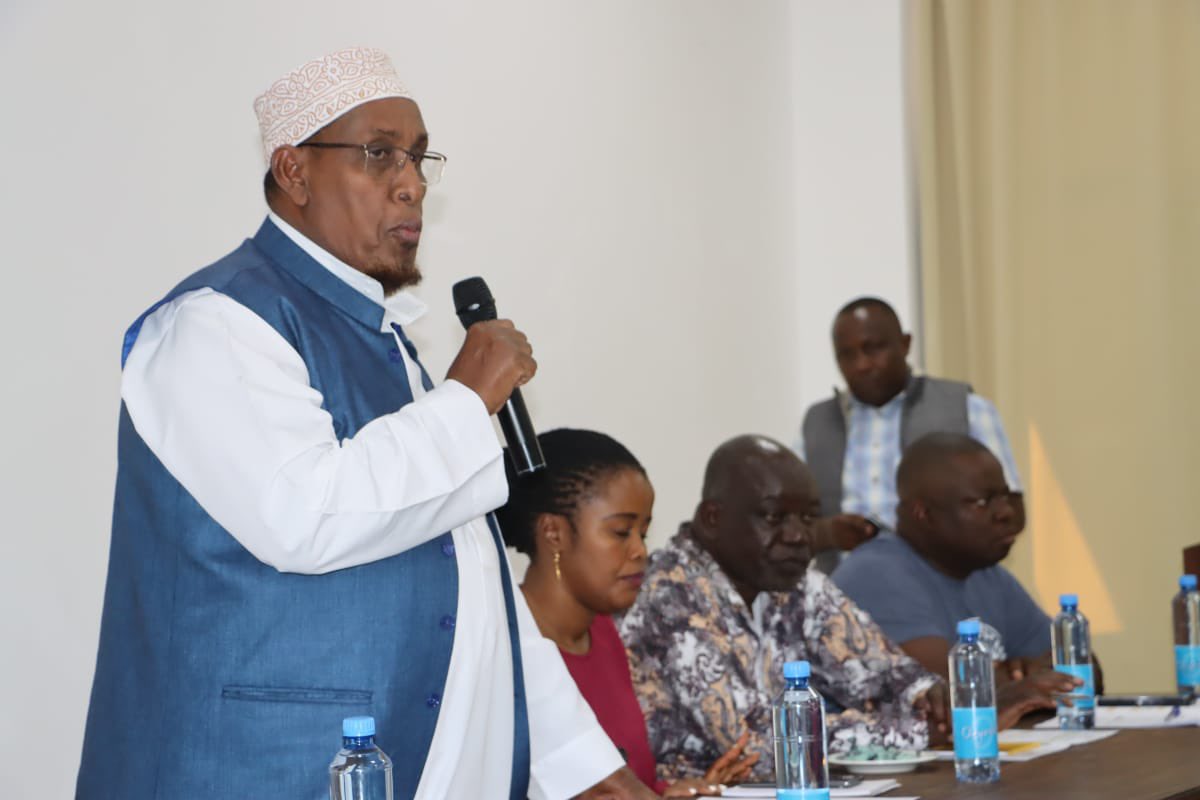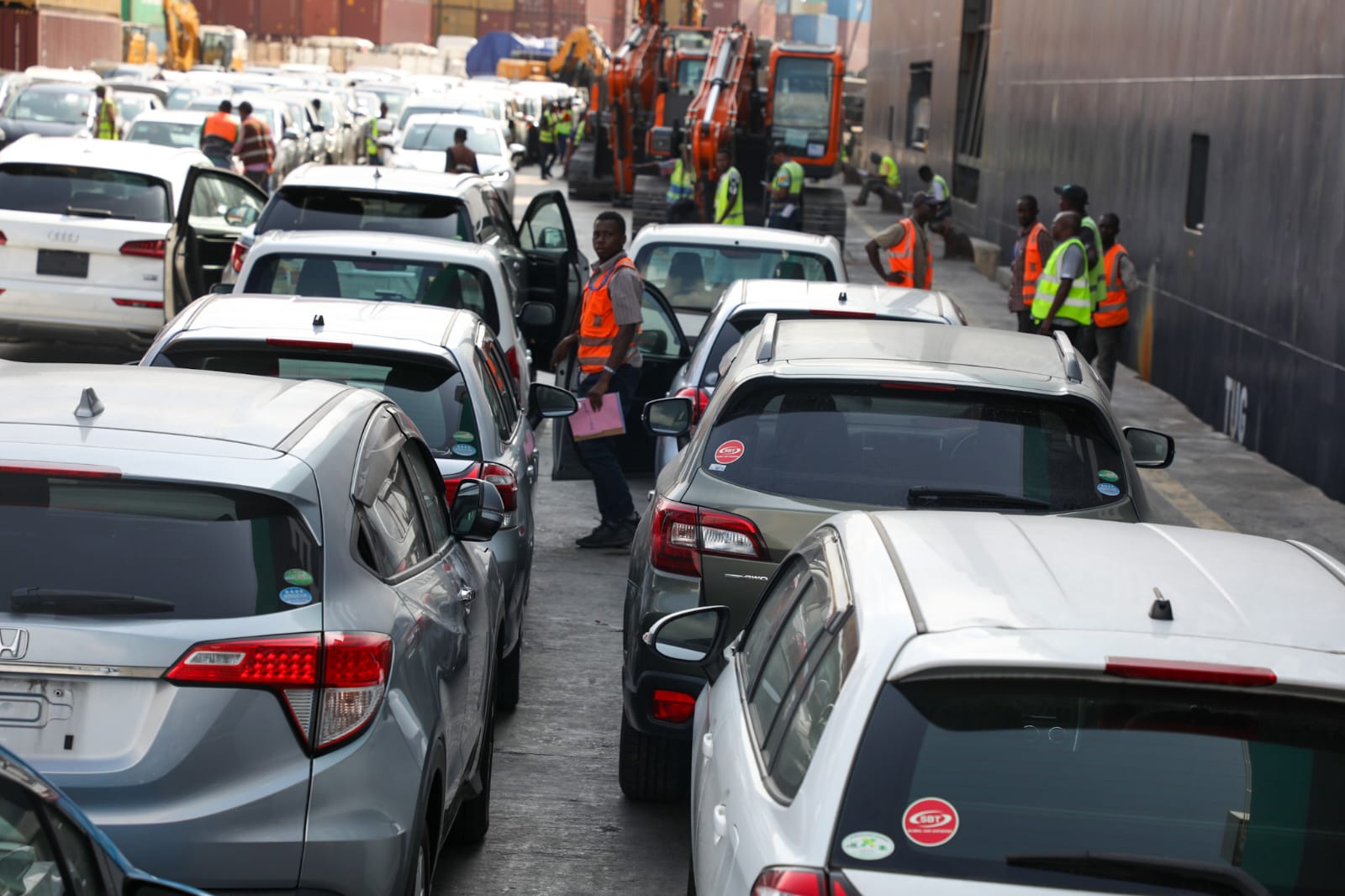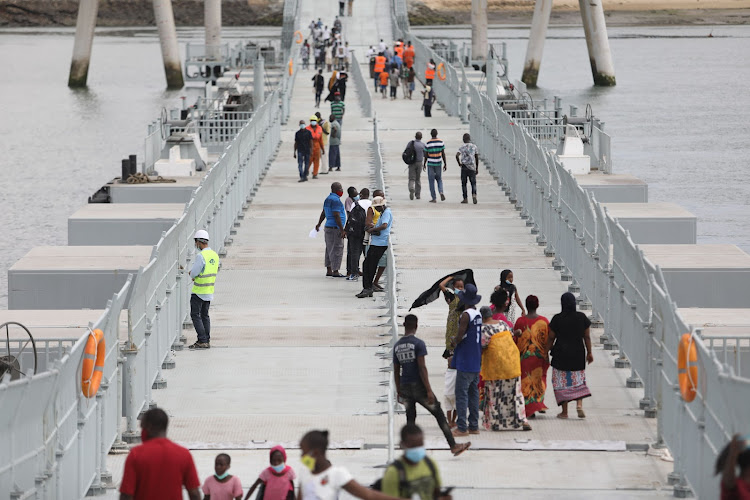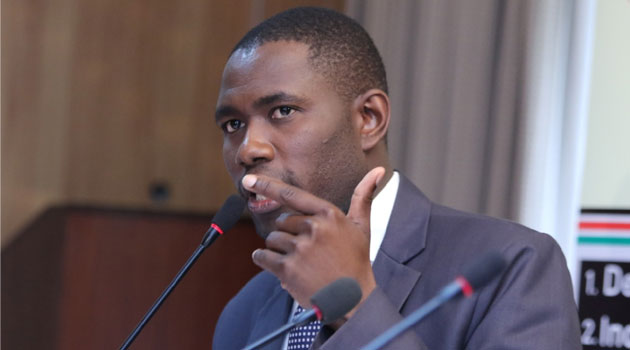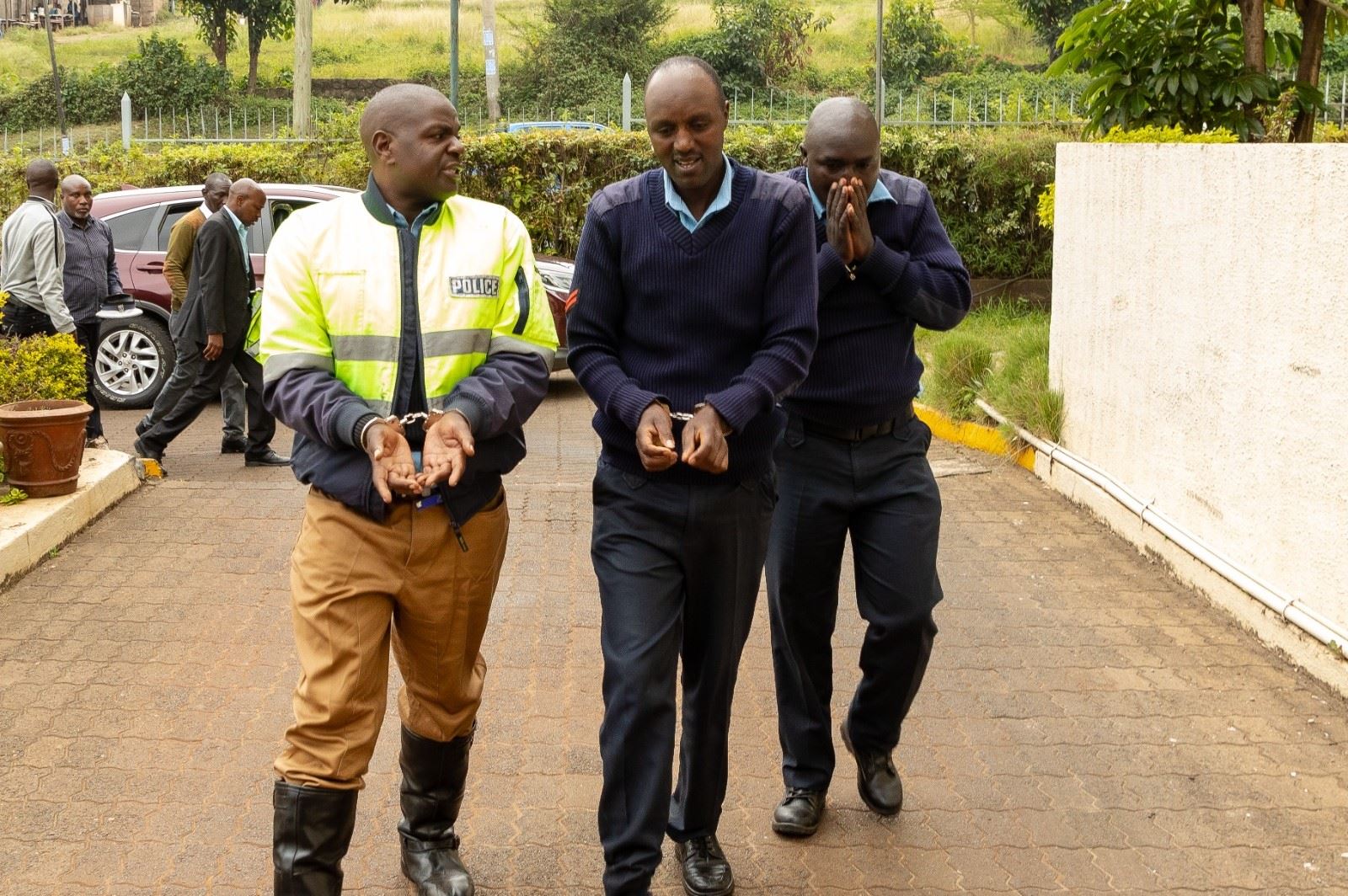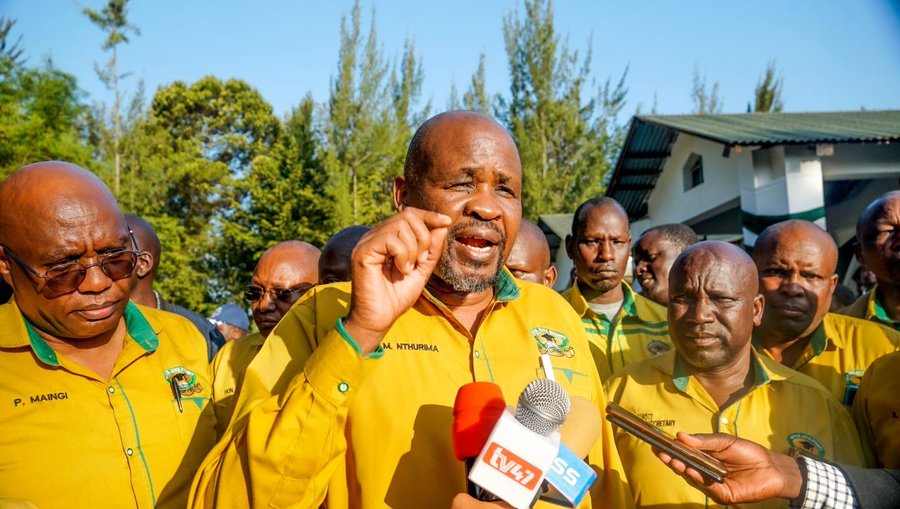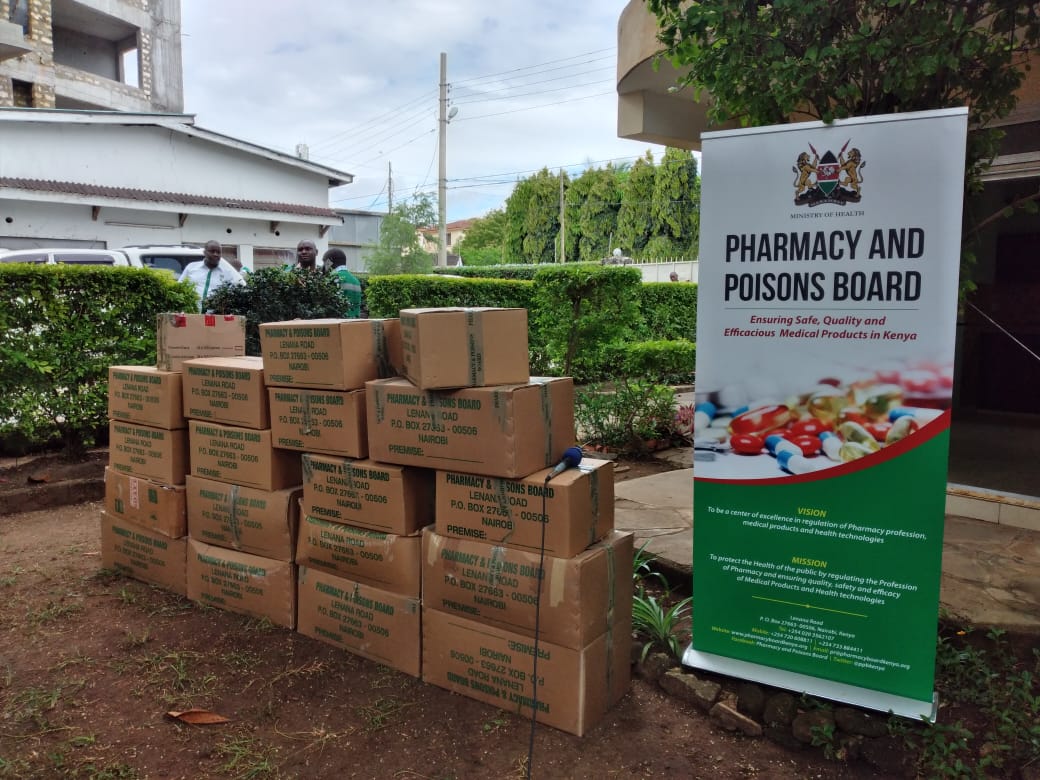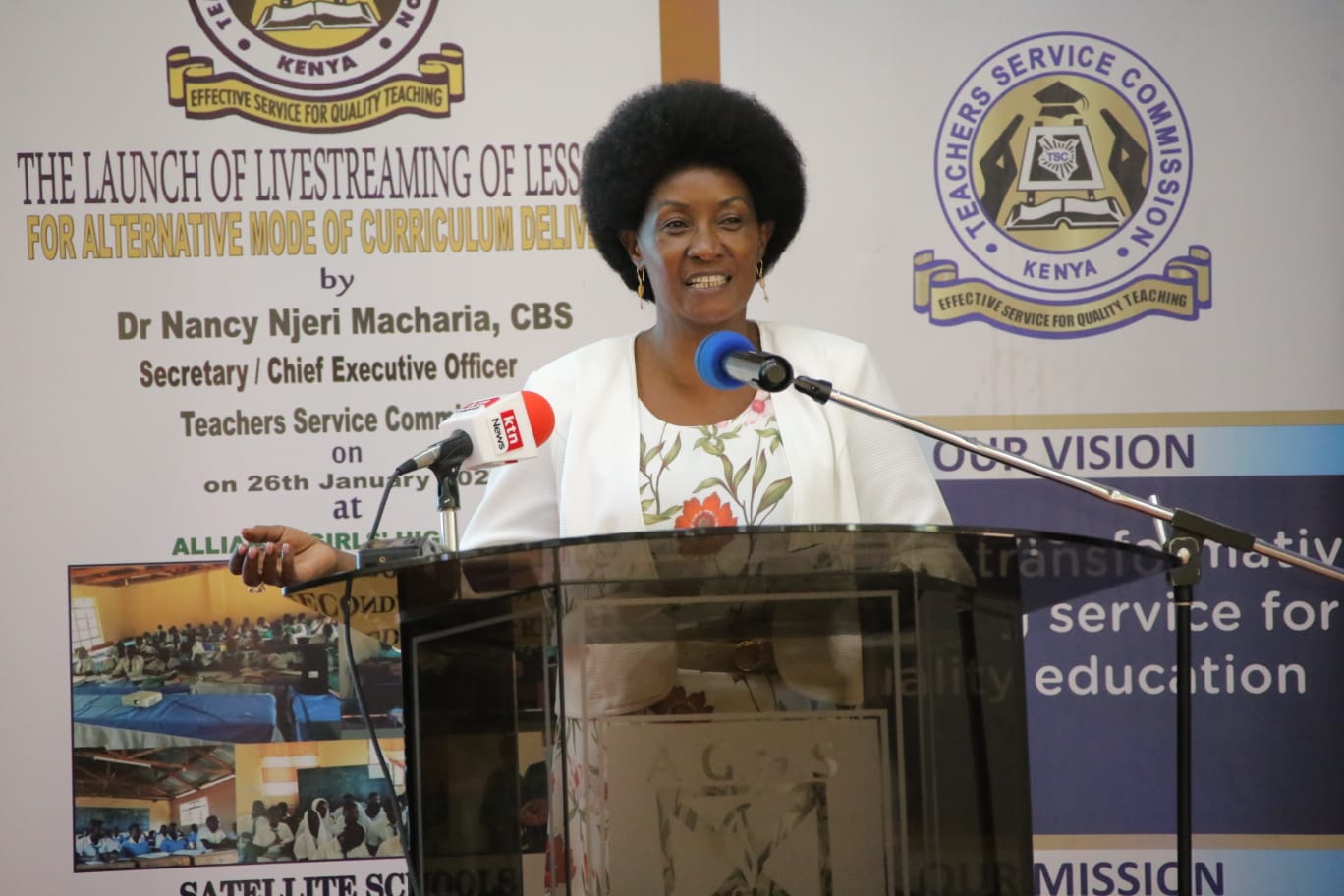How Tanzania’s Maasai are being forced off their ancestral land
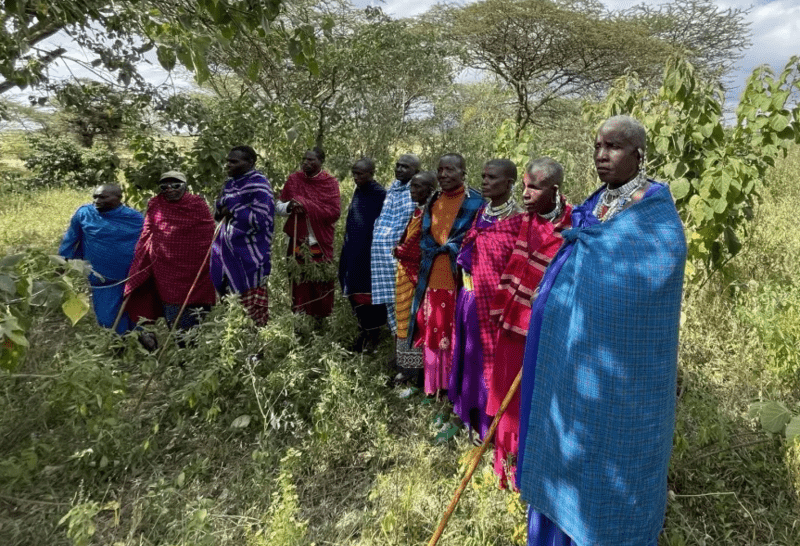
The evictions have become more frequent, more violent and more widespread under Samia Suluhu Hassan, who assumed the presidency in 2021.
Tanzania has a long and troubling history of evicting communities from their lands. This has happened under the guise of expanding protected conservation areas, which make up over 40% of its territory.
In recent years, the Maasai of the Ngorongoro district – a region renowned for abundant wildlife and the iconic Ngorongoro Crater – have been the target of these evictions. They’ve faced threats to their nomadic lifestyle, centred on cattle herding.
More To Read
The government claims that evictions are necessary to protect the environment from a large Maasai population. Currently, around 100,000 Maasai reside within the protected area.
The reality, however, is that the right of the Maasai to use that land is being taken away by the government. The land is then leased to expand lucrative wildlife tourism and elite hunting grounds. Tourism, mostly driven by wildlife, constitutes over 17% of the country’s GDP.
The evictions have become more frequent, more violent and more widespread under Samia Suluhu Hassan, who assumed the presidency in 2021. Over the past few years, Maasai have been shot, detained and abused by government forces. This has sparked an outcry from local communities, activists and academics.
Among these voices is Maria Tsehai, a prominent Tanzanian activist who was recently abducted, and then released, in Nairobi, Kenya. Her abduction – likely part of the broader crackdown against Tanzanian government critics – has drawn attention to the repression of those opposing policies to relocate Maasai communities.
I have over several years researched conservation policies and practices in East Africa, including Tanzania.
In a paper published in 2022, I unpacked the ways in which the Tanzanian authorities, in collaboration with global conservation and tourism actors, have implemented policies forcing Maasai communities to abandon their ancestral lands. This was done through conservation management plans that undermine the interests of local communities and traditional livelihoods. The ability of the Maasai to meet their needs was also limited, for instance through restricting their access to social services.
As a result, nearly all the 100,000 Maasai living within the Ngorongoro conservation area face extreme poverty.
This impoverishment is being used to justify evicting them from ancestral lands.
Evictions for ‘conservation’
When the Ngorongoro Conservation Area was established in the late 1950s, it was meant to both conserve wildlife and safeguard the interests of the Maasai. At that time it was home to about 8,000 people.
Over time, successive policies neglected and deliberately undermined the interests of the Maasai community. This has been happening for more than six decades.
Since 2022, local media have reported that about 9,778 people have relocated from the conservation area. But the intention is for most to eventually be removed.
International conservation organisations – such as Frankfurt Zoological Society and Unesco (the United Nations Educational, Scientific and Cultural Organisation) – have played a part in this. They provided narratives that enabled the Tanzanian government to justify its violation of Maasai rights within the conservation area.
Other Topics To Read
The former director of the Frankfurt Zoological Society, Bernhard Grzimek, in particular, advocated for the removal of the Maasai since the early days of the conservation area’s establishment.
In assessment reports, Unesco’s World Heritage Committee similarly requested the Tanzanian authorities to “voluntarily” relocate residents by “increasing incentives to relocate”. This is because the conservation area is a world heritage site.
Tourism actors are also complicit in the evictions. For them, the Maasai may be seen as an inconvenience or competitor for resources, such as water.
Removal strategies
Various policies push the Maasai to relocate.
First, while local communities are allowed to live in the conservation area, this was made legally contingent on their strict adherence to nomadic pastoralism. Pastoralist lifestyles are considered compatible with wildlife conservation. This means Maasai can remain in the area only as livestock producers, reliant on seasonal migration. Permanent settlements are largely prohibited. These conditions restrict the Maasai from diversifying their livelihoods beyond livestock production.
Second, though authorities advocate for traditional pastoralism, they simultaneously undermine it. Through laws, mobility is restricted; for instance, they can only graze in certain areas. Access to critical dry-season grazing areas and water points is limited. These are fundamental requirements for nomadic pastoralism. As a result, the productivity of pastoralism has drastically declined.
Third, the Maasai communities in the conservation area have, for a long time, been deprived of social services. This includes education and health. Investments by both the state and other actors in social infrastructure, such as schools and hospitals, are also prevented.
The impoverishment that the Maasai face as a result of these policies is being used as a justification for their eviction. More than 80% of the population lives under the poverty line and nearly 74% of the population have no formal education. Authorities claim that resettlement is in the Maasai’s best interest.
These tactics have thus made the Maasai more vulnerable to displacement and their land easier to appropriate. Marginalised and impoverished, many Maasai either relocate on their own or are coerced into “voluntary” resettlement.
Conservation-related injustices
The ongoing dispossession and abuse of the Maasai, and other communities in Tanzania, raises urgent questions about global conservation agendas, state power and local community rights.
This is not unique to the Ngorongoro conservation area or Tanzania. Similar land grabs and evictions of marginalised communities, under the guise of nature protection, are occurring in many places across the world. As global alarm over biodiversity loss intensifies, the drive to expand protected areas has gained momentum.
However, such conservation efforts often mask power dynamics that result in the dispossession of vulnerable populations. It is vital to scrutinise how these policies are implemented at the local level.
Without accountability and genuine inclusion of local communities, such initiatives risk perpetuating the very inequalities and biodiversity loss that they claim to address.
Top Stories Today

